According to Statistics Canada, store-bought alcoholic beverages rose in price by 5.9% between March 2022 and March 2023, and the price of liquor in general rose another 2.3% from June 2023 to June 2024.
Why are these prices going up so fast, and how can you enjoy cocktail hour without going over budget? Read on for some intel.
What factors affect the price of alcohol?
Alcoholic beverages don’t just spring fully formed from the Earth. They’re the product of base ingredients, sweat equity and time, plus the other supplies needed to get it to your glass, like packaging, labelling and transportation. These are all subject to the same general high inflation seen globally over the past few years.
For instance, a simple can of beer has a lot of inputs: grain crops (like barley or wheat) and other ingredients (like hops or flavourings), water, aluminum and labels, plus the energy to run the production line. If the cost of any of these items goes up, that’s going to affect the price of beer. That’s not even considering wages, which are a big factor as well. And if you’re buying that can of beer at a bar or restaurant, add on their business overhead and profits, too.
And then there’s taxes. These are hard to sum up, since every province and territory is different, but you can count on the fact that the price of your glass of wine or G&T includes some money for the government. The argument, of course, being that that cash goes back into things we need and use, like health care, education and public services.
Other official policies matter too. For instance, in Ontario, the Liquor Control Board and the provincial government set minimum prices for beverage alcohol. But everyone has to pay federal taxes on alcohol, which currently amount to between $0.04 and $0.74 on a six-pack of beer, $0.54 on a standard bottle of wine and $4.07 on a typical 750-mL spirits bottle. That applies no matter where you’re buying your beverage.
Then there’s climate change. Grapes for wine, rice for sake, wheat or corn for vodka: no matter what crop goes into your drink of choice, it’s being affected by changing weather patterns. A local example: in British Columbia, the 2024 grape crop was almost completely destroyed due to abnormal winter weather. Drought, heat waves and smoke from wildfires are hard on vineyards, too, meaning the more we experience these negative effects of climate change, the harder it’s going to be to make wine.
What about non-alcoholic drinks?
Very low-alcohol versions of beer, wine and spirits have become popular in recent years. But, you might have noticed they’re not exactly cheap either. That’s in part due to the same factors that affect alcohol prices: Raw ingredients, packaging, manufacturing, transportation and labour costs. Then the alcohol is typically removed after the beverage is manufactured, meaning it takes more time and effort than the boozy formula. In other words, this isn’t a simple can of pop: zero-proof takes on beverage alcohol are more expensive to make than the originals.










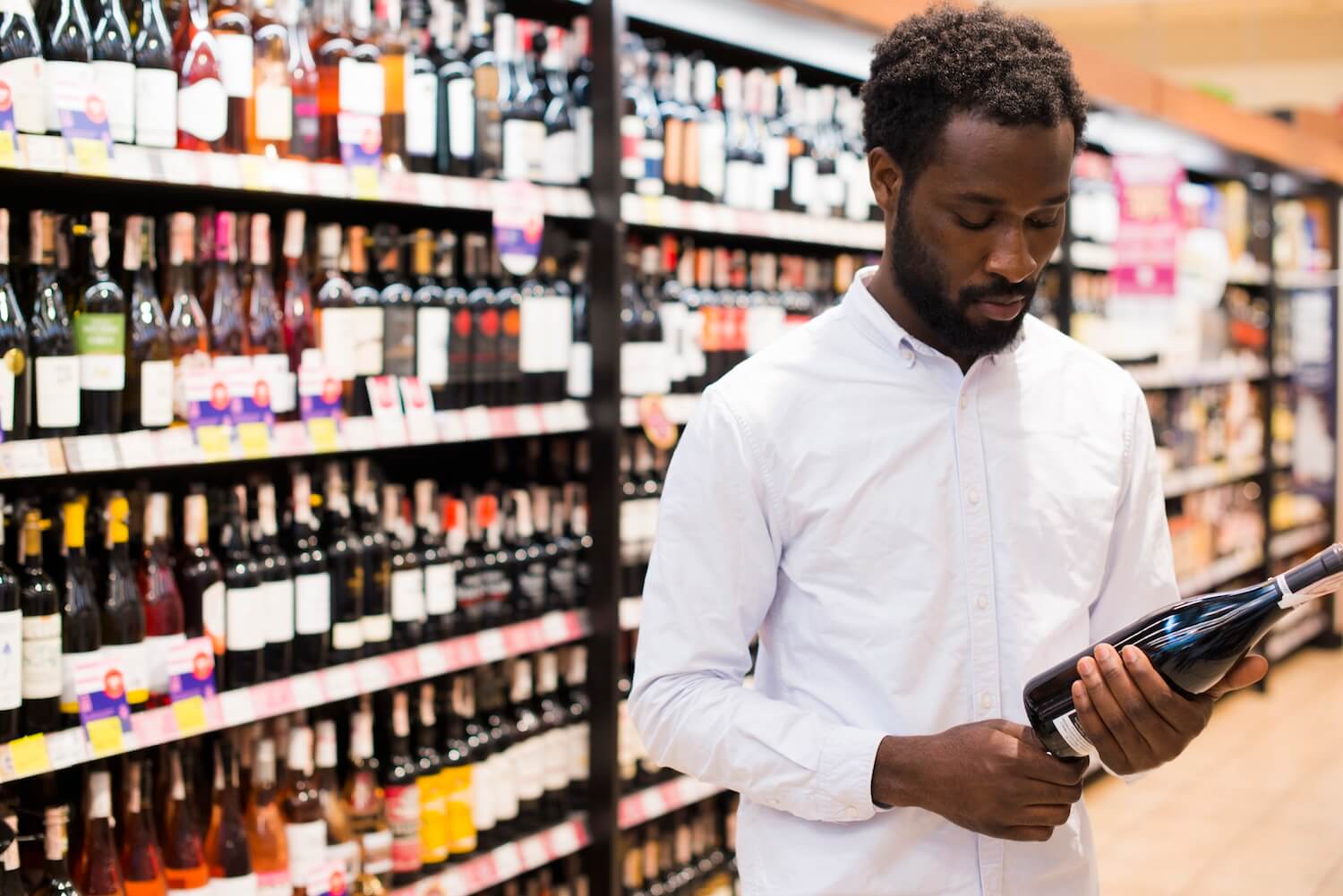


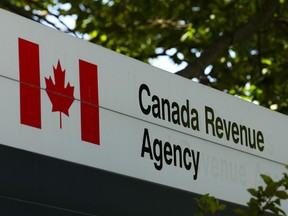
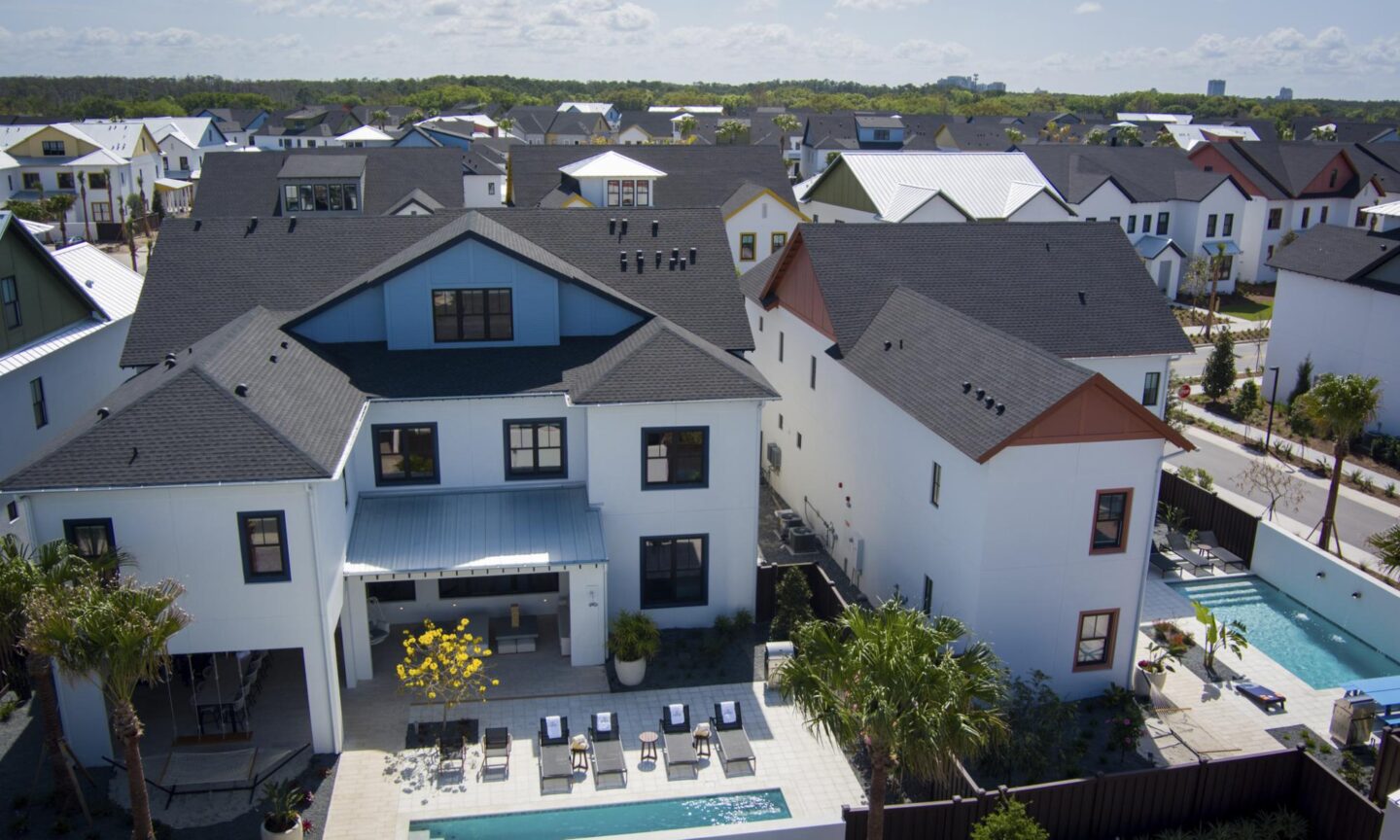


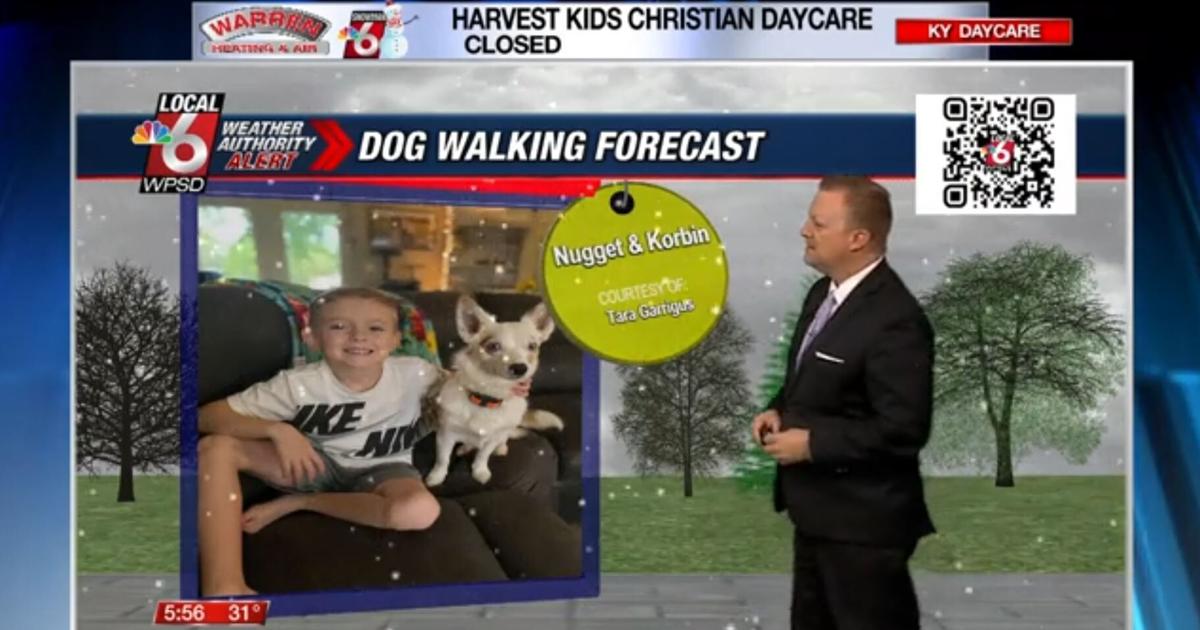
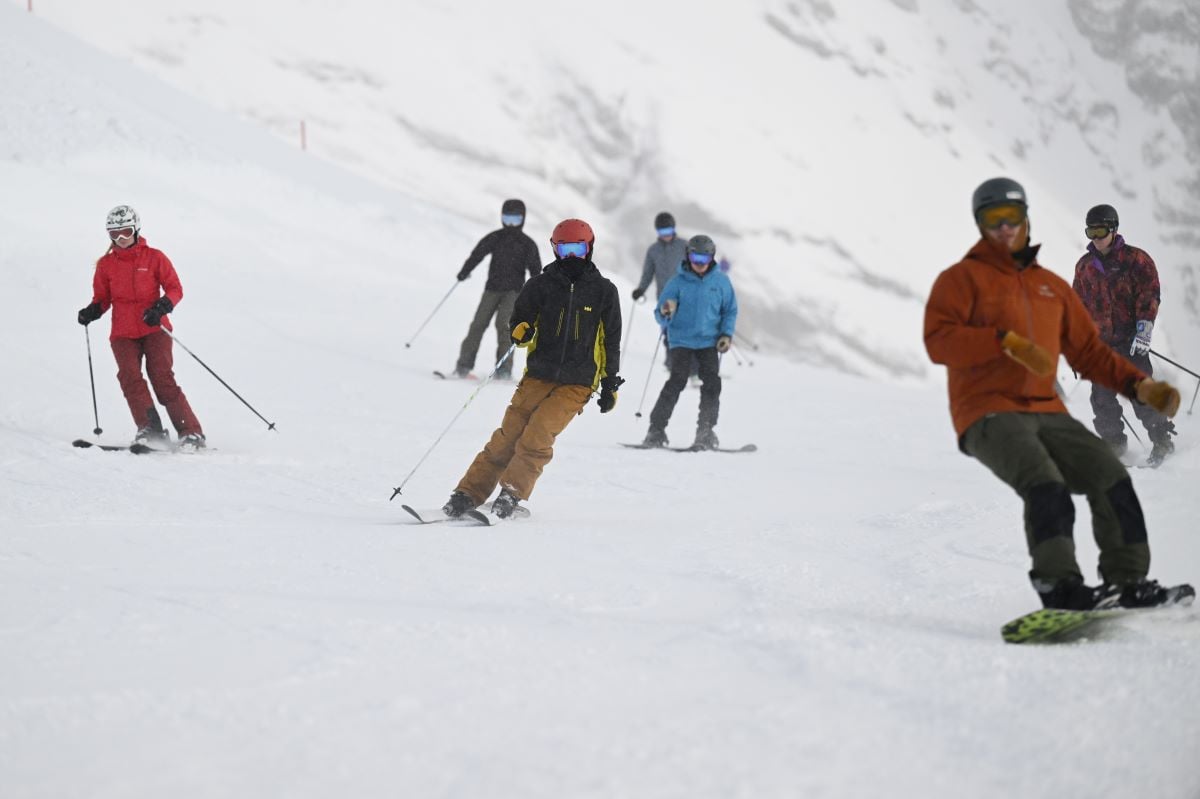


Discussion about this post